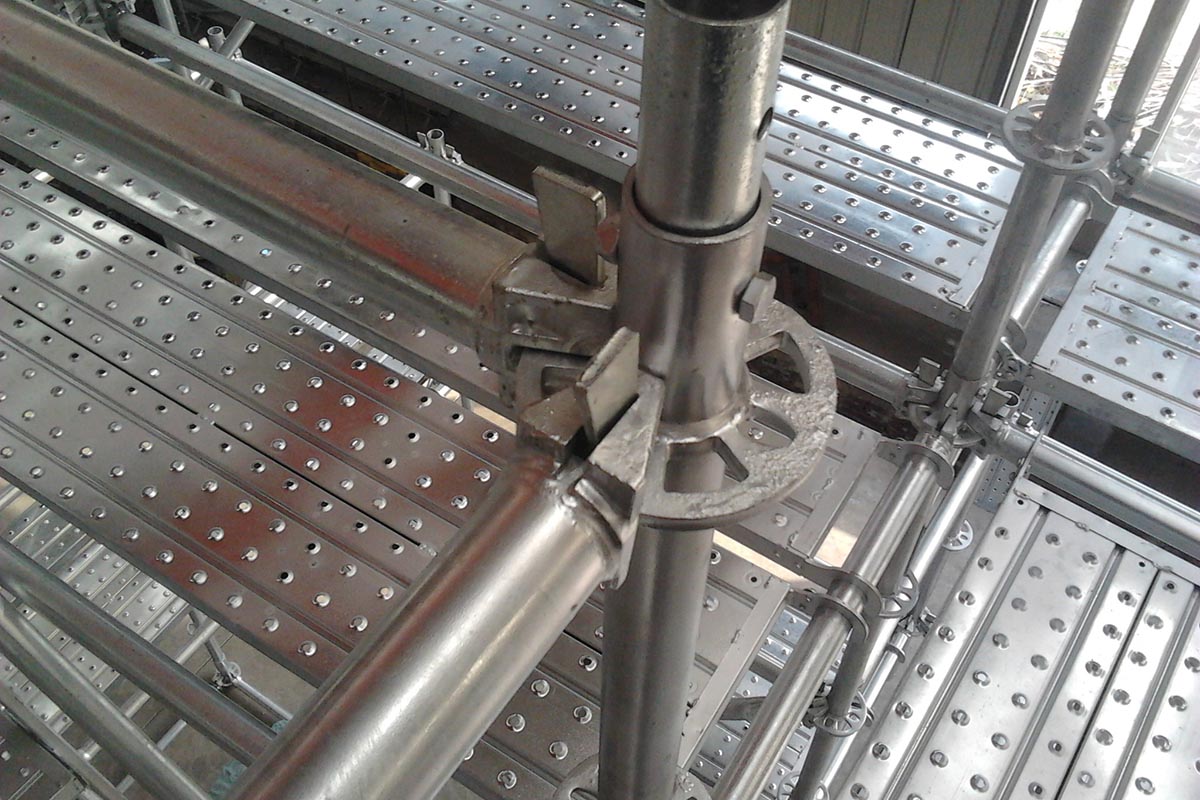
Use analogies and metaphors, and invite students to create a symbol or drawing for each word. Instead, introduce the words to kids in photos or in context with things they know and are interested in. Pre-teaching vocabulary doesn’t mean pulling a dozen words from the chapter and having kids look up definitions and write them out-we all know how that will go. We send them ill-prepared and then are often shocked when they lose interest, create a ruckus, or fall asleep. Many of us, myself included, are guilty of sending students all alone down the bumpy, muddy path known as Challenging Text-a road booby-trapped with difficult vocabulary. Sometimes referred to as front-loading vocabulary, this is a strategy that we teachers don’t use enough. If you aren’t weaving in think-pair-share, turn-and-talk, triad teams, or some other structured talking time throughout the lesson, you should begin including this crucial strategy on a regular basis. As we all know, structured discussions really work best with children regardless of their level of maturation. They also need time to verbally make sense of and articulate their learning with the community of learners who are engaged in the same experience and journey. Give Time to TalkĪll learners need time to process new ideas and information. Launching the learning in your classroom from the prior knowledge of your students and using this as a framework for future lessons is not only a scaffolding technique-many would agree it’s just plain good teaching. Sometimes you may have to offer hints and suggestions, leading them to the connections a bit, but once they get there, they will grasp the content as their own. Remember that children’s cognitive abilities are still in development, so opportunities for them to see developed, critical thinking are essential.Īsk students to share their own experiences, hunches, and ideas about the content or concept of study and have them relate and connect it to their own lives.

Always show students the outcome or product before they do it.Try a fishbowl activity, where a small group in the center is circled by the rest of the class the group in the middle, or fishbowl, engages in an activity, modeling how it’s done for the larger group.
#Best scaffolding design how to#
Have you ever interrupted someone with “Just show me!” while they were in the middle of explaining how to do something? Every chance you have, show or demonstrate to students exactly what they are expected to do. How many of us say that we learn best by seeing something rather than hearing about it? Modeling for students is a cornerstone of scaffolding, in my experience. Or perhaps you’ve not used them in some time and need a gentle reminder on how awesome and helpful they can be when it comes to student learning. So let’s get to some scaffolding strategies you may or may not have tried yet.

Education researcher Eileen Raymond says, “The ZPD is the distance between what children can do by themselves and the next learning that they can be helped to achieve with competent assistance.”

In order to meet students where they are and appropriately scaffold a lesson or differentiate instruction, you have to know the individual and collective zone of proximal development (ZPD) of your learners. Scaffolding and differentiation do have something in common, though.

For those students who are still struggling, you may need to differentiate by modifying an assignment or making accommodations like choosing a more accessible text or assigning an alternative project. Simply put, scaffolding is what you do first with kids. With differentiation, you might give a child an entirely different piece of text to read, or shorten the text or alter it, or modify the writing assignment that follows. When scaffolding reading, for example, you might preview the text and discuss key vocabulary, or chunk the text and then read and discuss as you go. Scaffolding is breaking up the learning into chunks and providing a tool, or structure, with each chunk. Let’s start by agreeing that scaffolding a lesson and differentiating instruction are two different things. What’s the opposite of scaffolding a lesson? Saying to students, “Read this nine-page science article, write a detailed essay on the topic it explores, and turn it in by Wednesday.” Yikes! No safety net, no parachute-they’re just left to their own devices.


 0 kommentar(er)
0 kommentar(er)
